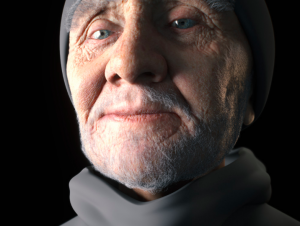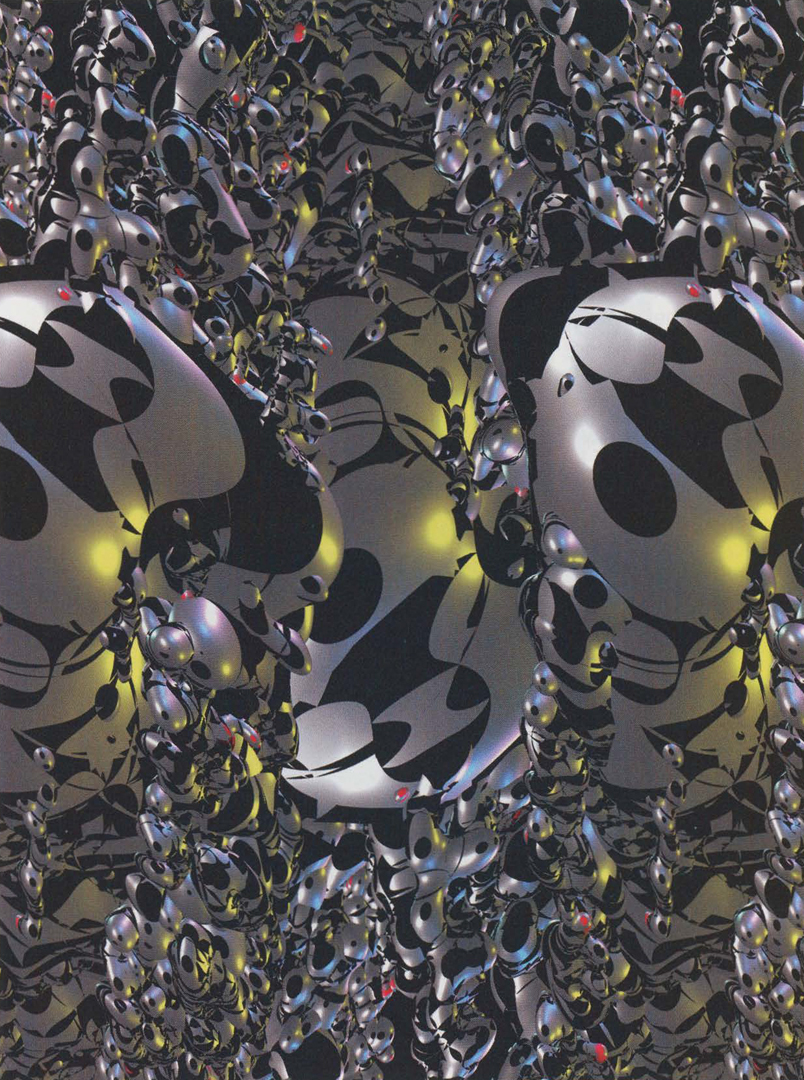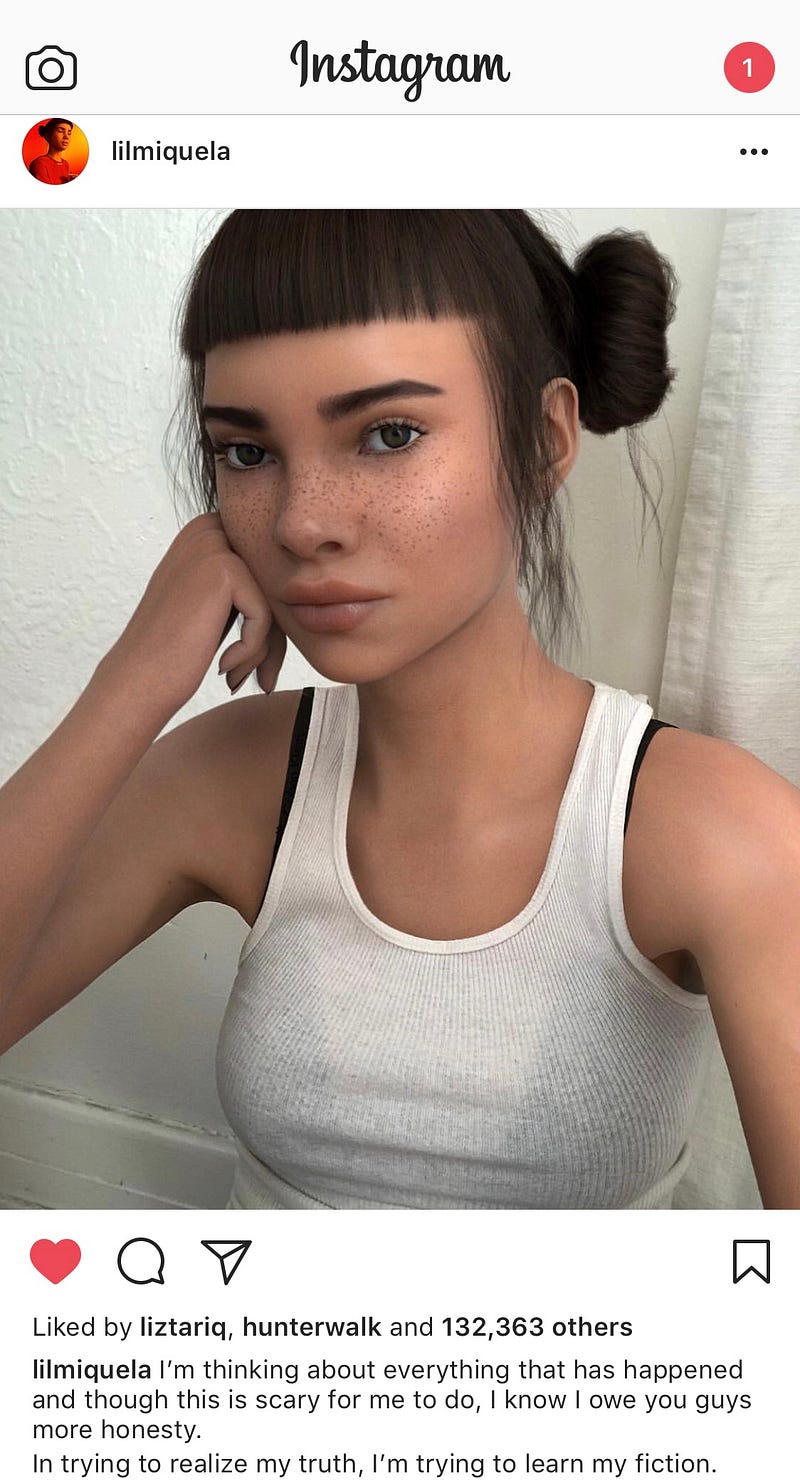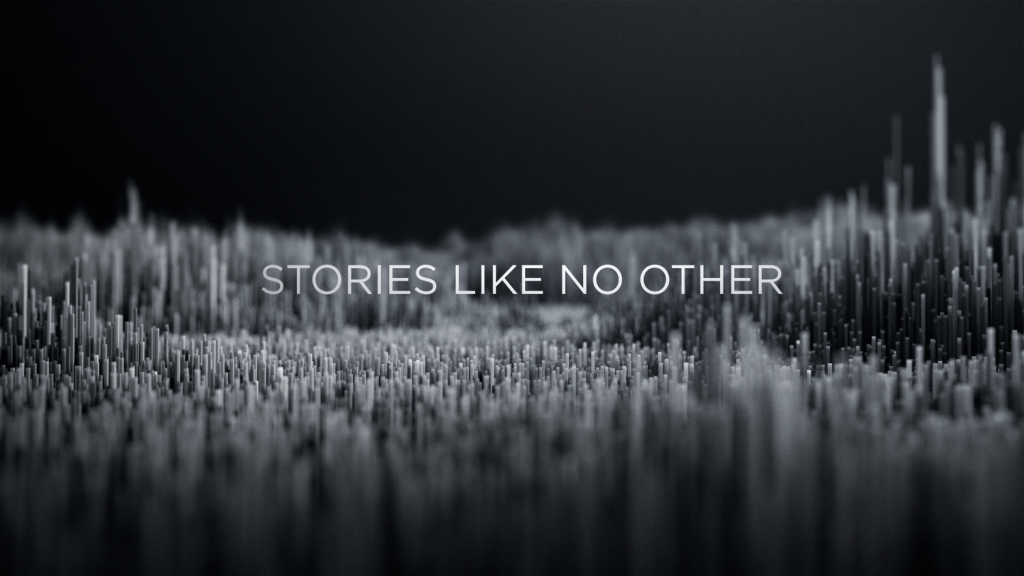
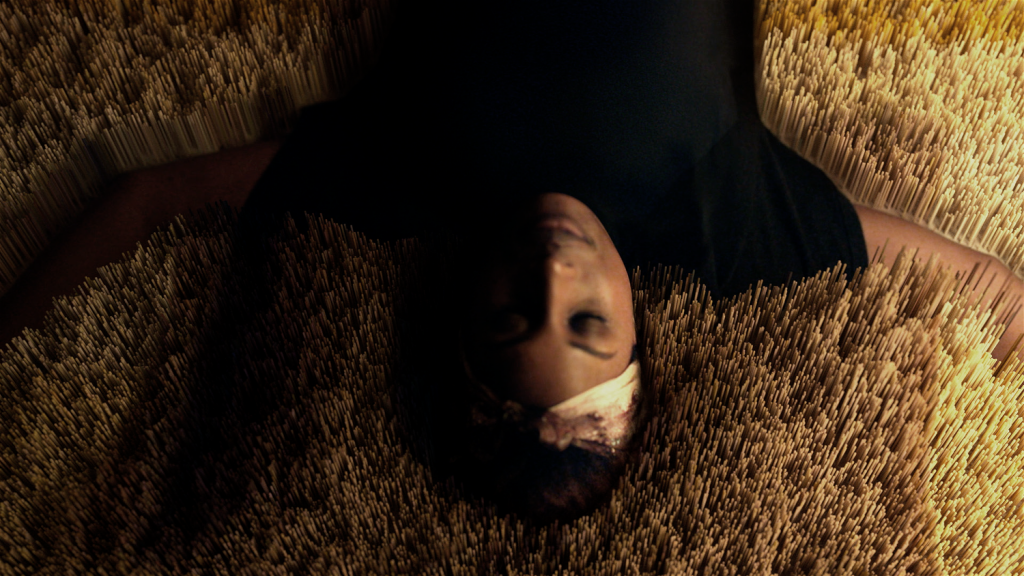


This is a the work of Imaginary Forces NY, the short clip for HBO, combining all the feature TV series.
The process started with a great edit, and figuring out which 2d clips would breakdown nicely into 3d “pixelized” scenes, figuring out how to move on them, how to tie scenes together, light and render them. Another challenge was pulling off a deep dive into HBO’s iconic ‘static’ id, going through the static and into the promo content. The idea is to show the audience the 3D world that has always lived within the famous white noise and ” We hope this new version gives you the same feels you got when hearing the opening growing up!” according to Imaginary Forces NY website.
I like consistance of the same sophisticated idea through the whole clip, and the transition is very good, it let audience stays in ‘3D’ world instead transit to ‘2D’ world several times in between different clips.
![[OLD FALL 2018] 15-104 • Introduction to Computing for Creative Practice](https://courses.ideate.cmu.edu/15-104/f2018/wp-content/uploads/2020/08/stop-banner.png)
